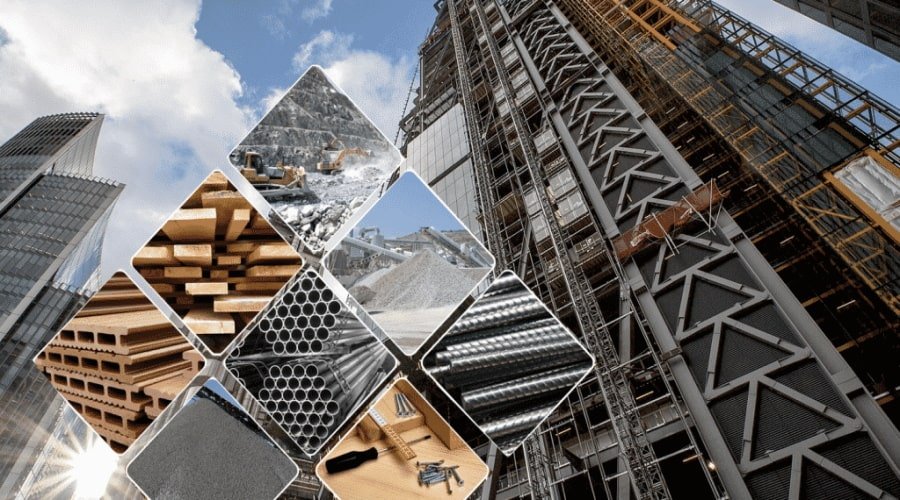Introduction
The concept of regenerative building materials is gaining significant attention in the construction industry. These materials are designed to be environmentally friendly and contribute to a sustainable future. They focus on reducing waste generation, carbon emissions, and resource depletion.
Benefits of Regenerative Building Materials
Regenerative building materials offer several advantages over traditional construction materials:
- Reduced environmental impact: These materials are often made from recycled or renewable sources, minimizing the extraction of raw materials and reducing waste generation.
- Energy efficiency: Regenerative materials are designed to improve energy performance in buildings, reducing the need for heating, cooling, and lighting.
- Carbon neutrality: Some regenerative materials have the ability to capture and store carbon dioxide, helping to mitigate climate change.
- Improved indoor air quality: These materials are often free from harmful chemicals and emissions, creating healthier indoor environments.
Examples of Regenerative Building Materials
There are several regenerative building materials available in the market:
- Bamboo: Bamboo is a rapidly renewable resource that can be used for various purposes in construction, such as flooring, wall panels, and furniture.
- Recycled steel: Using recycled steel reduces the demand for virgin steel production, which requires significant energy and contributes to carbon emissions.
- Hempcrete: Hempcrete is a bio-composite material made from hemp fibers and lime. It has excellent thermal insulation properties and acts as a carbon sink.
- Recycled plastic lumber: This material is made from recycled plastic waste and can be used as an alternative to wood for decking, fencing, and other applications.
Conclusion
Regenerative building materials offer a sustainable solution for the construction industry, promoting resource efficiency, reducing carbon emissions, and improving indoor air quality. By embracing these materials, we can contribute to a greener and more sustainable future.
